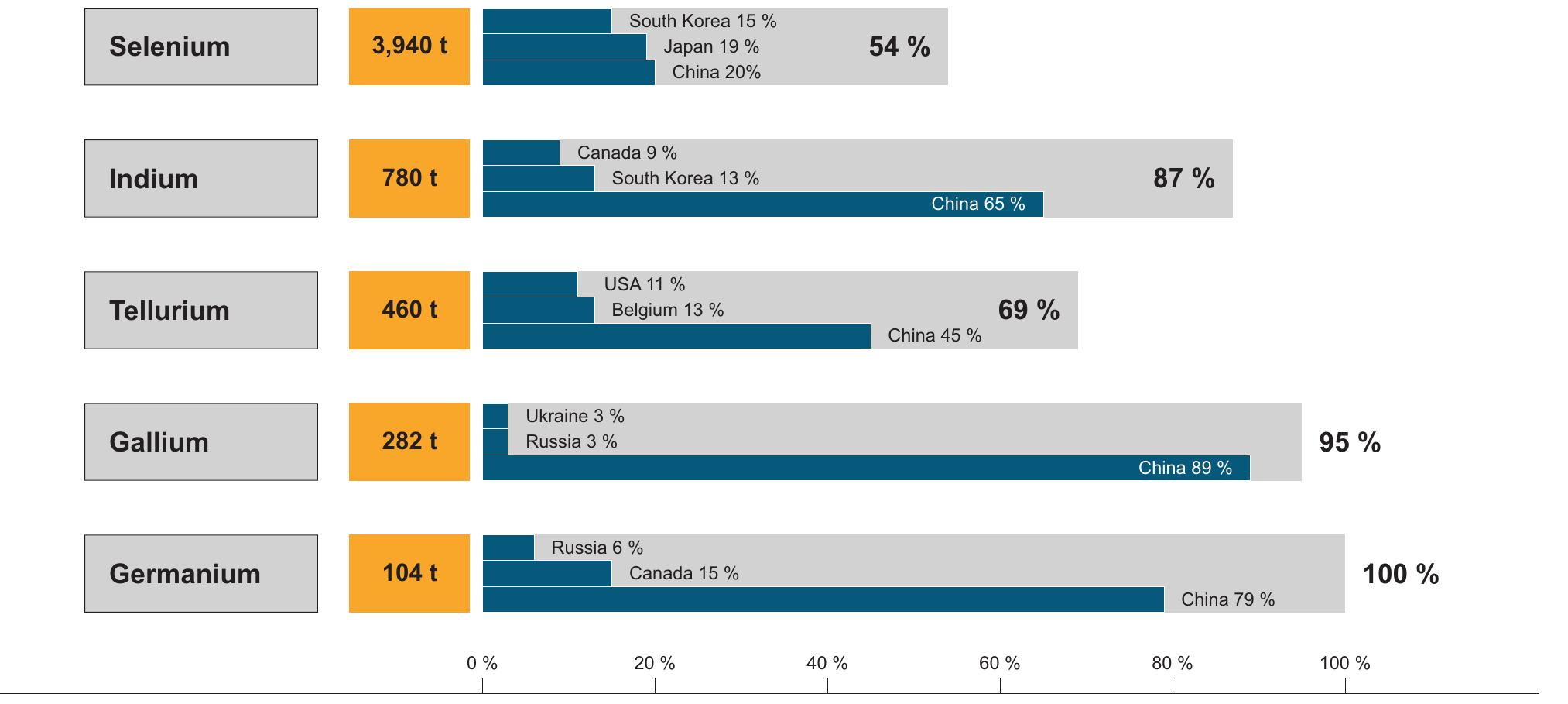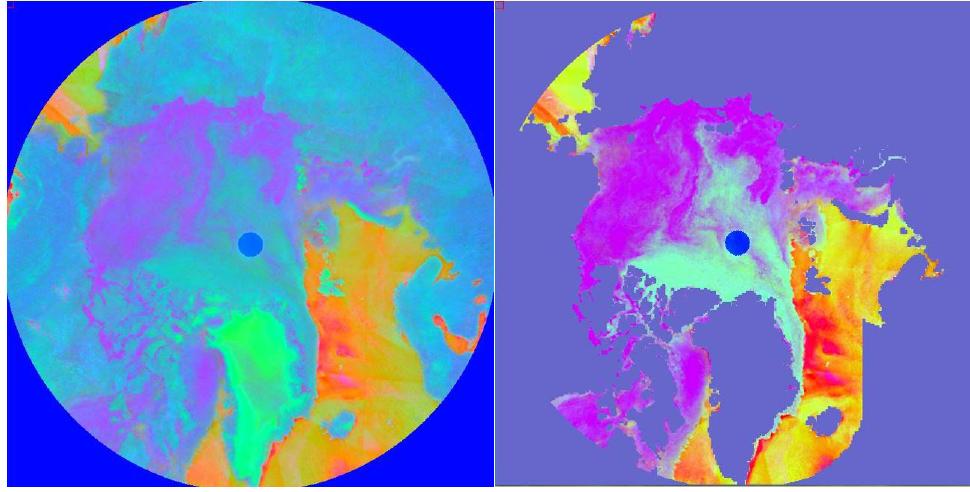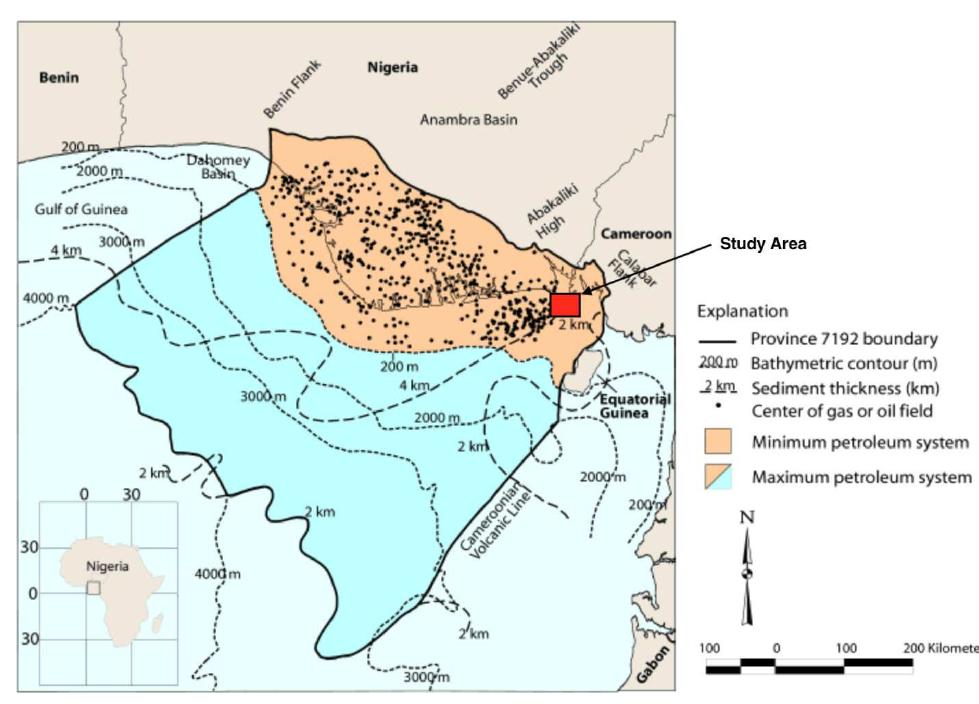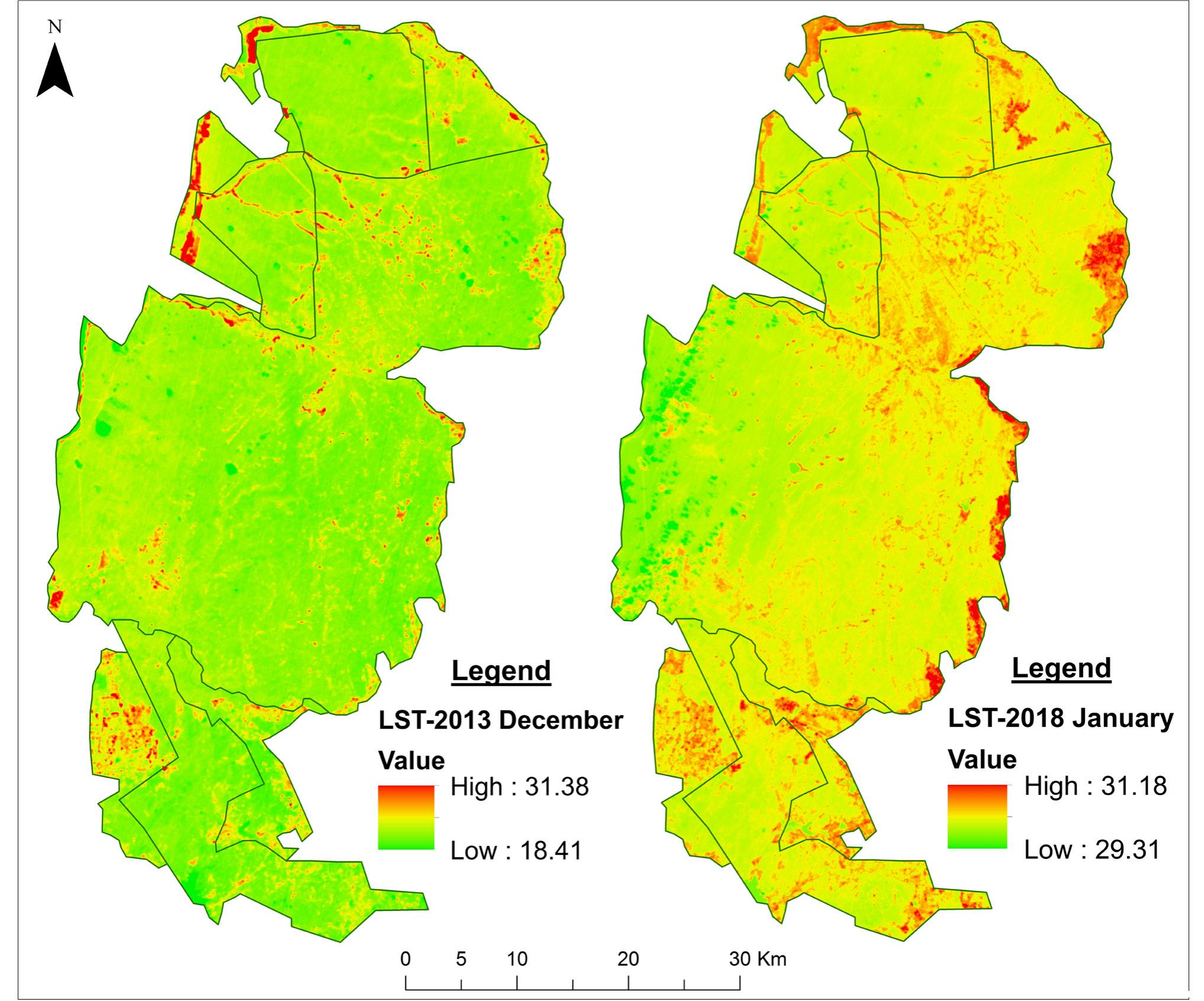Figure 80 – uploaded by Melanie Sieber

Figure 1 The location of water samples on the map of structural zones of Iran (Stécklin 1968). Red circle = samples from the Zagros orogeny (folded Zagros and Sanandaj-Sirjan), blue circle = samples from Alborz Mountain and its extension, green circle = samples from Kopet-Dagh, and pink circle = samples from Central Iran unit. The number of studied samples per geological unit is proportional to the number of producers in each spring sources in Chahar Mahal Bakhtiari, Ilam, Ker- manshah, Fars and Kohgilouyeh provinces is thought to be influenced by Zagros sedimentary rocks. This unit is dominantly composed of carbonate rocks with interlayers of shale, sandstone, chert, anhydrite and gypsum. The brands of bottled mineral water, sold in the markets of Tehran, Alborz, Ardebil, Zanjan, Golestan, Guilan and Mazandaran provinces, pass through several structural subdivisions of Alborz with different lithological components of sedimentary rocks as well as andesitic to basaltic volcanic rocks (St6ck- lin, 1968). Even though Central Iran is dominated by metamorphic and magmatic host rocks, the selected Kerman water has its source in Oligo-Miocene car- bonates of this unit. The source of the bottled mineral water produced in Khorasan Razavi province is lo- cated in a thick sequence of limestone and dolomite of Kopet Dagh basin in north-eastern Iran. of Kopet Dagh basin in north-eastern Iran.
Related Figures (118)






















































































































Connect with 287M+ leading minds in your field
Discover breakthrough research and expand your academic network
Join for free